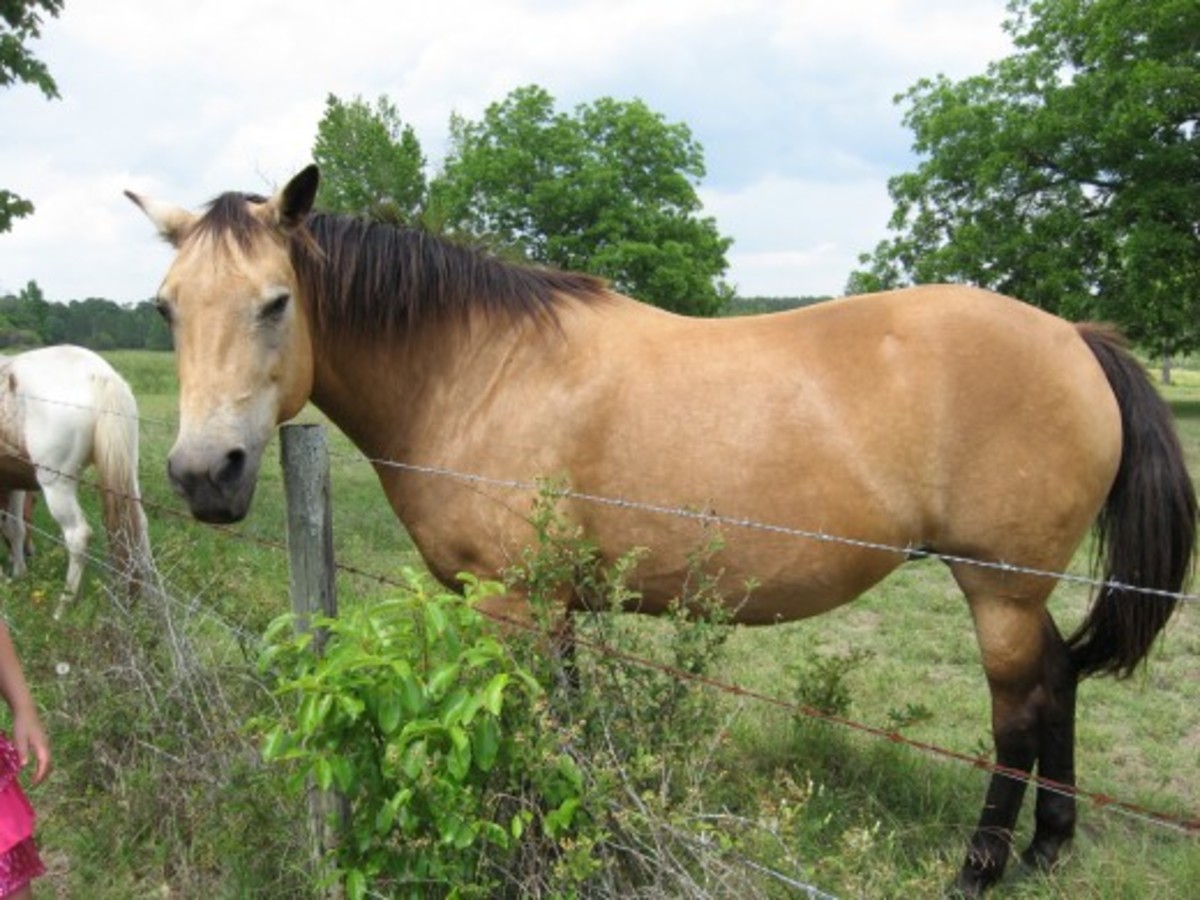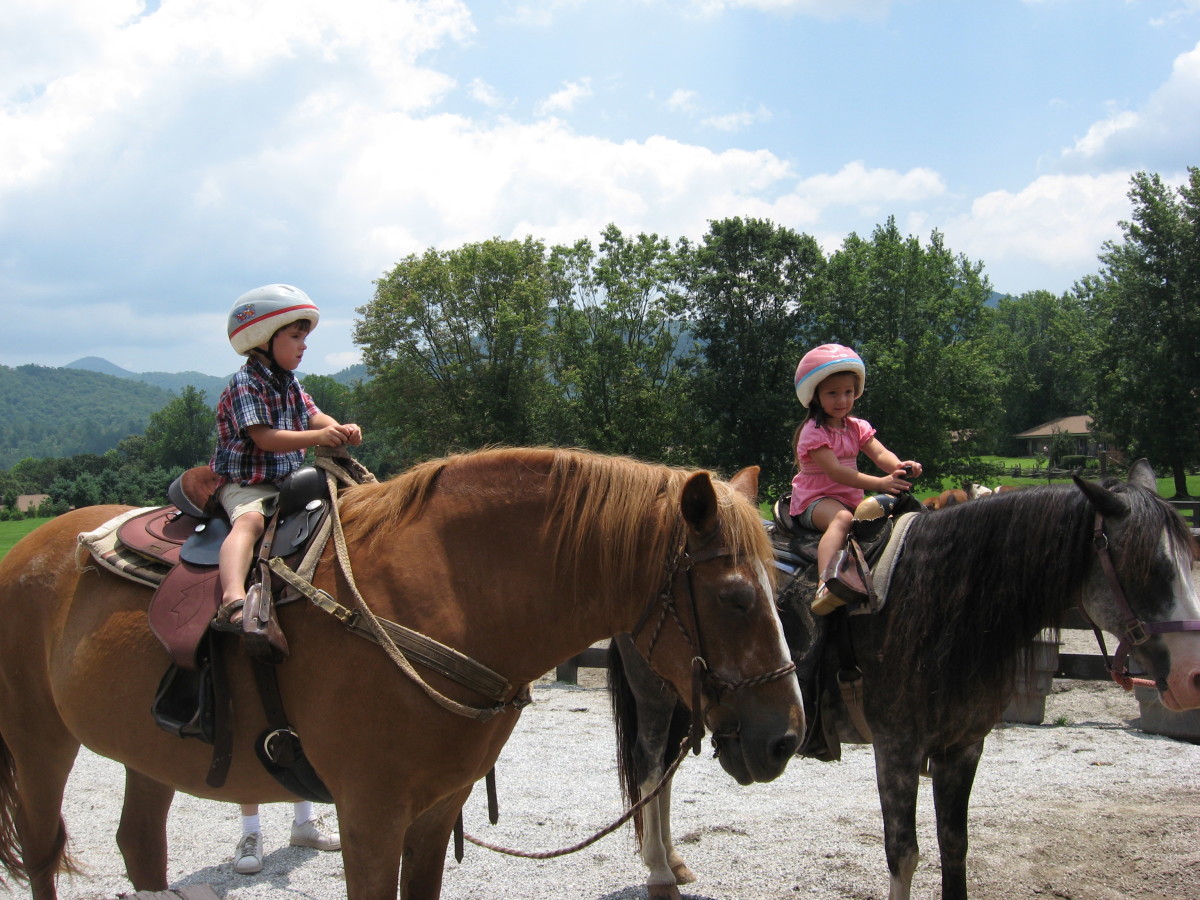The Million Dollar Exercise-Improve Your Seat and Lower Leg
Why Do We Need A Deep Seat?
We need a deep seat to keep us secure in the saddle. By sitting deeply in the saddle we can feel both seat bones on the seat of the saddle. This will make us aware of if we are riding centered in the saddle or not.
Deepening your seat will help you to sit back and be more balanced. For general purposes and of course, just in case your horse spooks or trips. You never know what might happen that might make you really appreciate taking the time to get a deep centered seat in the saddle!
It is also important because the more advanced you get in your riding, there will come a time where you will use your seat bones to influence your horse. If you are riding rocked forward on your pelvis instead of with your hips relaxed and open as they should be, your ability to influence the horse with your seat bones is compromised.
Why Do We Need To Tighten Up Our Lower Leg?
On the most basic level, we need to tighten up our lower leg because that is what is wrapping around and holding us on the horse. If push comes to shove, it's your legs wrapped around nice and tight that will keep you on.
We also need to tighten up our leg position so that we learn the correct muscle memory of keeping our leg in the correct place. Where is the correct place for your leg? You want your stirrup iron to line up with the girth. To create a straight line from your shoulder to your hip to your heel.
You need to have a strong lower leg position to hold your body upright in the saddle. Remember, if your leg swings back your shoulders go forward. If your leg goes forward your shoulders will go too far back.
If you want to learn how to jump, you will have to learn how to lift your self up and stand on your stirrups to get yourself off the saddle, into two-point position.
Also, a nice tight leg position is more effective to cue the horse. Not to mention looks much nicer if you are being judged at a show. Instructors and judges don't want to see every little move your legs makes while you are riding.
We also want our leg to remain still enough that our horse doesn't become deadened to it. Kind of like someone tapping you for hours with a pencil or something. If you realized they didn't want anything, eventually you would start ignoring them. Same with horses and riders, if our legs are constantly moving and not meaning anything to them, eventually, they might start to tune us out. Lesson program horses are the perfect example of this, they get kicked and pulled at the same time by new riders who are learning. Which in turn, a lot of the time makes them lose sensitivity to the leg. You can't really blame them, they don't want to be bothered!

First, You Need A Million Dollars
First off, to do this exercise you need a million dollars. In other words, folded up pieces of paper, with the words "million dollars" written on them. You are going to want to make up a few of them, in case they get stepped on by the horse, or squished by your super strong leg muscles.
Million Dollar Leg Exercise
I prefer to start with only one side at a time. That way the rider doesn't get overly paranoid about their leg moving and losing the million dollars. You are going to chose which side to start on. Then, you are going to take one of your million dollar bills and place it under the rider's leg, between their calf and the girth.
Now the object of this is that the rider will be able to continue on riding and following instructions, and not lose the million dollars. Meaning their leg is tight enough in position and not moving around all the time. That way they can cue the horse and still keep a hold of the million dollars with their leg.
Once they have done it on one side, give them another million dollar bill for under their other leg. You can do this with any level rider. Just instruct them through whatever paces they know how to do, and have them concentrate on a good lower leg and not losing the million dollars.
If you can jump already, or have riders that can jump, they can try a single jump or even course and see if their leg is tight enough to keep their million dollars where it belongs!
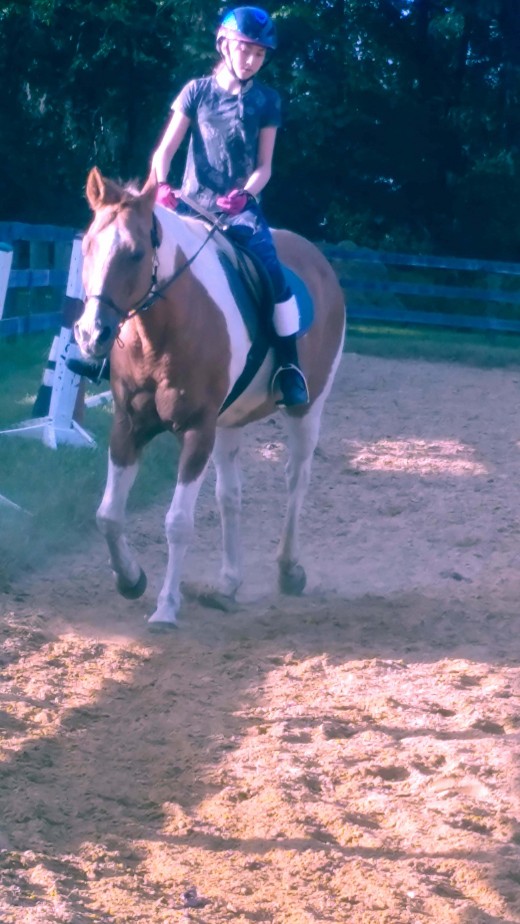
Million Dollar Seat Exercise
Yep, you guessed it. For this exercise, you are going to have your rider sit on the million dollar bill. Then again, you will instruct them as normal through the lesson, and they will be trying their best to sit deep and not lose the million dollars.
This is a great way to work on sitting the trot. It also is a big help with students who are learning to canter and having trouble keeping their seat deep in the saddle. It almost looks like riders are posting at the canter when they are first learning sometimes because their seats lift up as the horse's hind end propels them forward. The million dollar seat exercise is a great( and fun ) way to work on this.
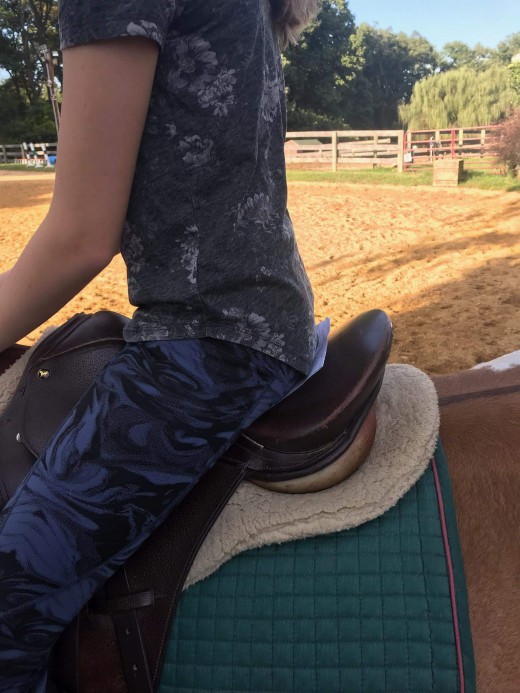
Million Dollar Fun and Games
In a group lesson setting it can be fun to play the million dollar exercise sort of as a game of elimination. As the riders lose their millions they are out, and the winner is the last rider with their millions still in place.
I have seen this done bareback, they call it "bareback on a buck", where the riders are bareback sitting on either real dollar bills or on fake million dollars. If you do it with real money, a fun thing to do is have the winner, the last person who still has theirs, get to keep all the money that was used by the other riders.
You can use the million dollar exercise as part of a scavenger hunt type activity. So they have to keep their million dollars safe and secure until they reach a certain point. Then at that point, they would unfold their million dollars(folded paper) to find a clue to the next location on the scavenger hunt. RIders can be on teams or in pairs if there is a group of them, and they can't open their clue until everyone makes it to a designated place with their million dollars still in place.
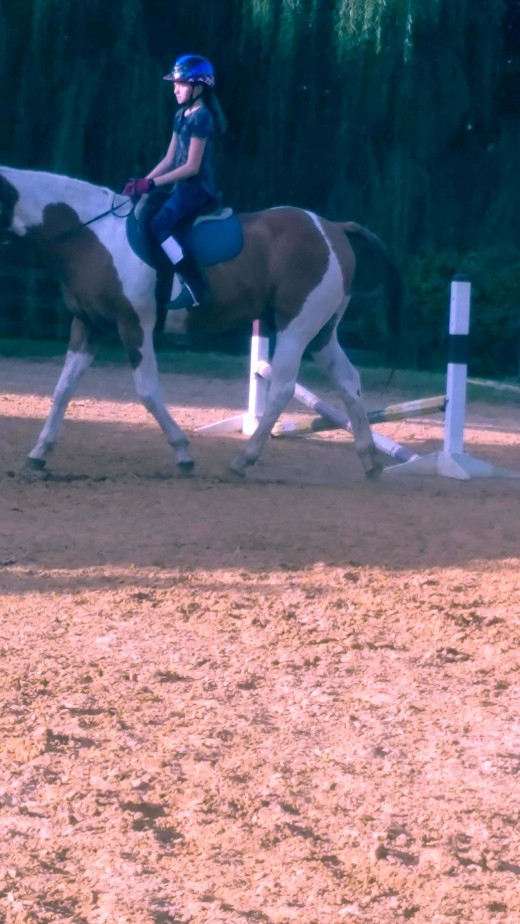
You Can Do A Lot With A Million Dollars!
There are a lot of fun ways that the million dollar exercise can be used to help you improve your lower leg. If you are an instructor, it is a way to work on important basics, while still having fun. So give it a try! All you need is a million dollars!







